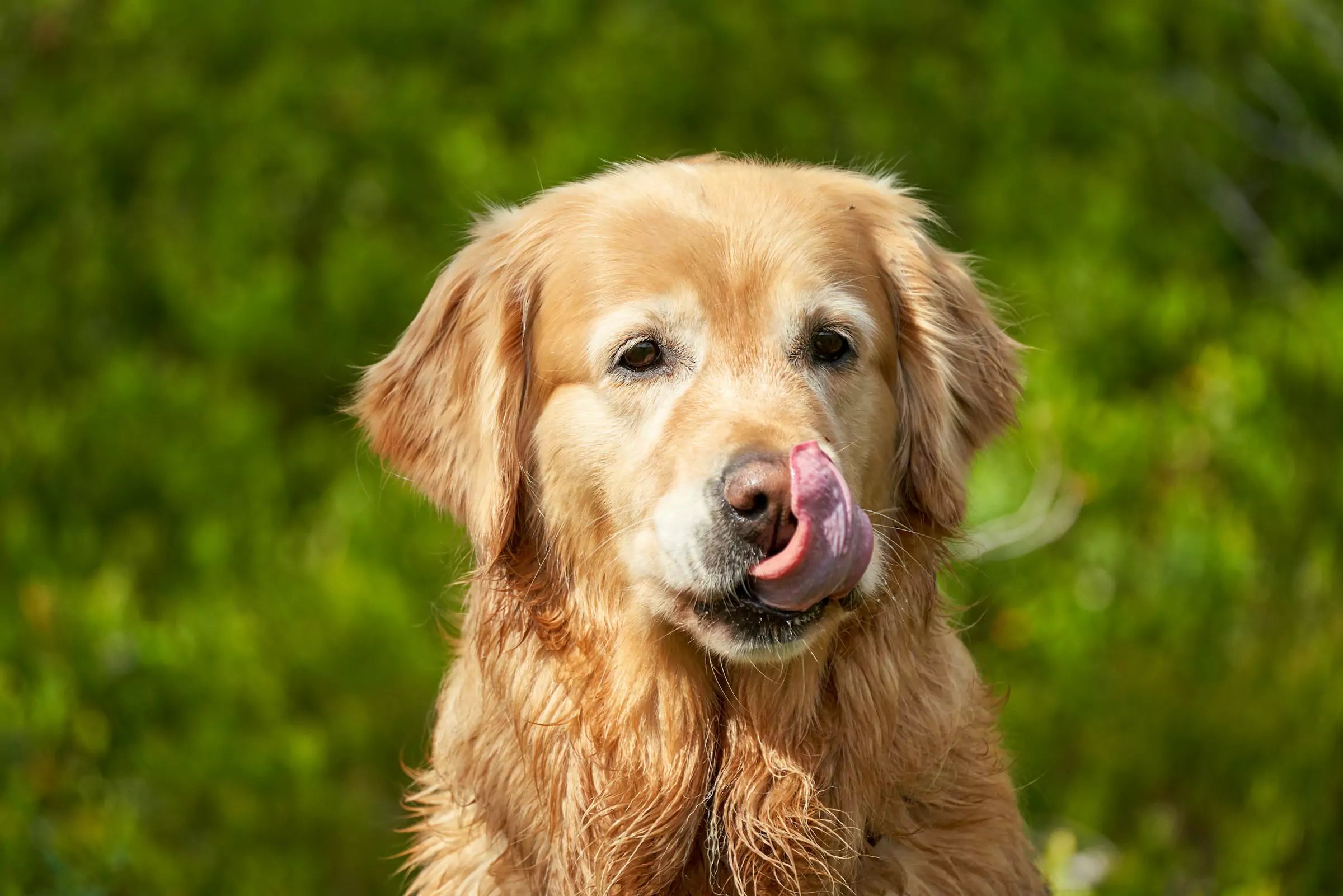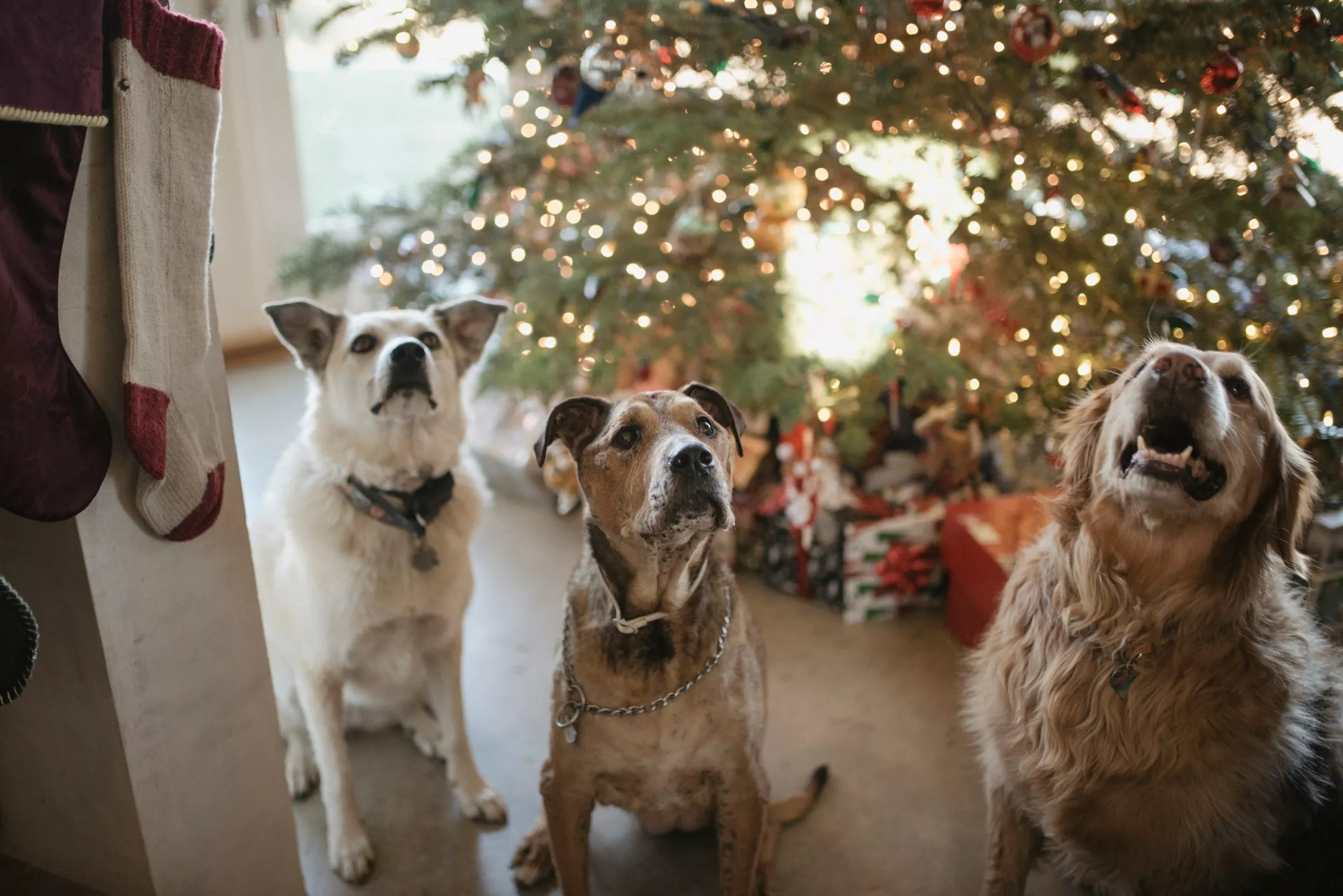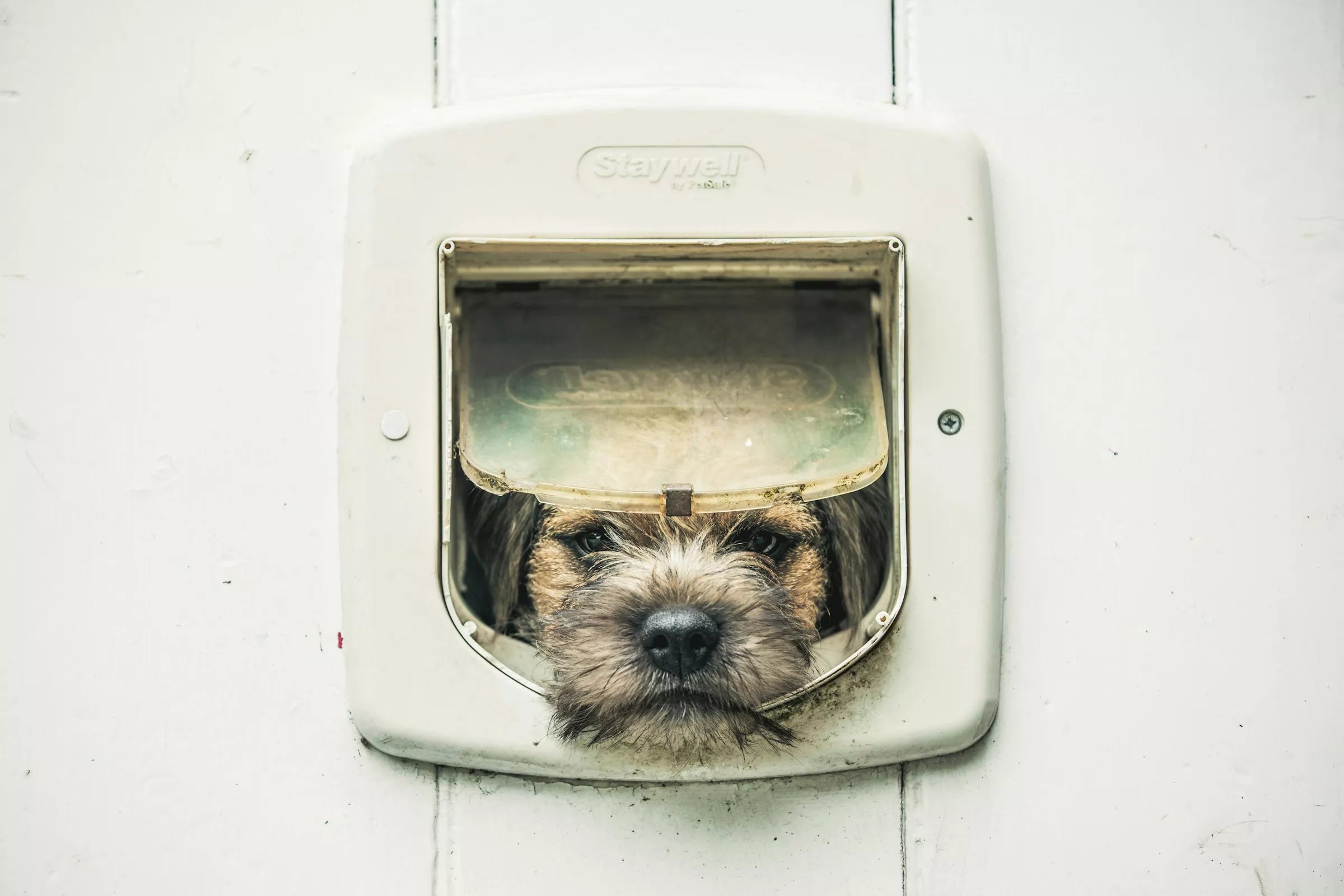Dog Body Language 101
- Why Understanding Body Language Matters
- The Tail Tells a Story
- Ears and Eyes
- Posture and Movement
- Facial Expressions
- Calming Signals
- FAQs
Why Understanding Body Language Matters
Dogs may not speak our language, but they communicate constantly. Understanding canine body language helps you respond to your dog’s emotional needs, reduce stress, and prevent behavioural issues. It’s one of the most powerful ways to build a deeper bond.
The Tail Tells a Story

Tail movement is one of the easiest things to notice — but it’s often misunderstood.
- High and wagging fast: Alert, excited, or even overstimulated
- Low and slow wag: Friendly and relaxed
- Tucked under: Fearful or submissive
- Stiff and still: Potential tension or aggression
Remember, a wagging tail doesn’t always mean a happy dog. Pay attention to the rest of the body.
Ears and Eyes
Dogs express a lot through their ears and eyes — especially when paired with other signals.
- Ears forward: Interested, alert
- Ears back or flat: Anxious, submissive, or uncertain
- Soft eye contact: Trust and affection
- Whale eye (showing the whites): Fear, stress, or discomfort
Not all breeds have expressive ears, so tune in to context and accompanying gestures.
Posture and Movement

From confident struts to crouched stances, posture speaks volumes about how a dog is feeling.
- Loose and bouncy: Playful and relaxed
- Weight forward, stiff legs: Alert or possibly guarding
- Cowering or lowered body: Submissive or scared
- Play bow (front down, bum up): Invitation to play
Facial Expressions
Your dog’s face holds a world of expression — even if subtle.
- Relaxed mouth, slightly open: Calm and content
- Lips pulled back with teeth showing: Warning sign — not always a "smile"
- Yawning or licking lips (out of context): Stress or self-soothing
It’s not always about the individual signal — interpreting body language is about the full picture.
Calming Signals
Dogs often display "calming signals" to diffuse tension — either to calm themselves or others. Common ones include:
- Turning the head or body away
- Sniffing the ground when nothing’s there
- Licking their lips
- Slow blinking
- Yawning
Recognising these cues helps you spot stress early — and step in with reassurance, space, or a calm retreat.
FAQs
What does it mean when my dog leans on me?
Leaning is often a sign of trust and affection. It may also mean your dog wants attention or feels comforted by your presence.
Is tail wagging always a good sign?
No — the position and speed of the wag matter. A stiff, high wag can indicate tension or even aggression.
Why does my dog show the whites of their eyes?
This is called "whale eye" and usually signals stress or discomfort. It’s a subtle but important cue.
How can I tell if my dog is afraid?
Look for signs like crouching, ears pinned back, tail tucked, and avoidance behaviours. Fearful dogs may also pant or pace excessively.
Are some breeds harder to read than others?
Yes. Flat-faced breeds, heavy-coated dogs, or those with docked tails can be harder to read — which makes observing overall posture even more important.
Why does my dog yawn when nothing is happening?
Out-of-context yawns are often a calming signal — your dog may be feeling stressed or trying to self-soothe in the moment.















Share:
Why Routine Is Important for Dogs
Should I Let My Dog Sleep in My Bed?